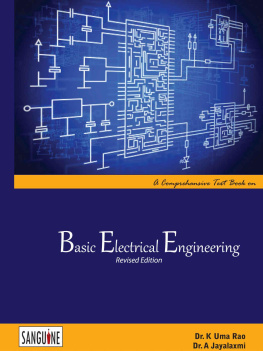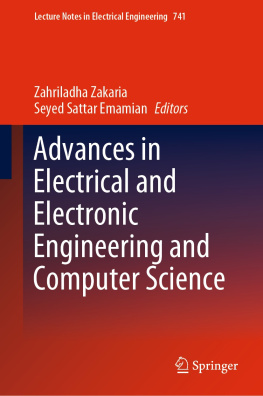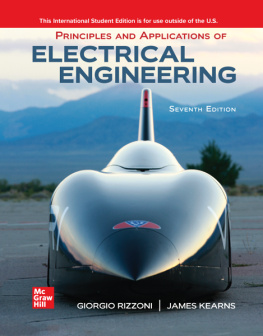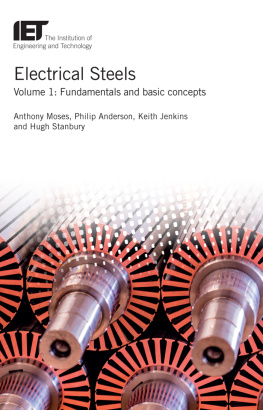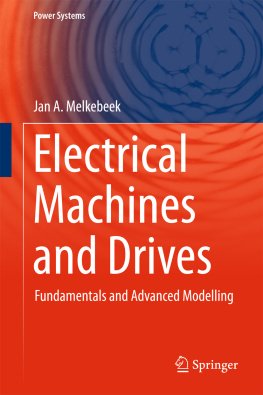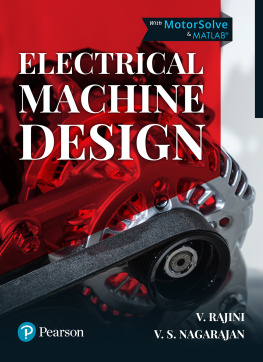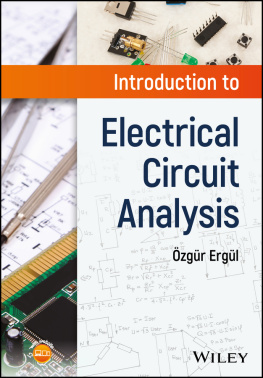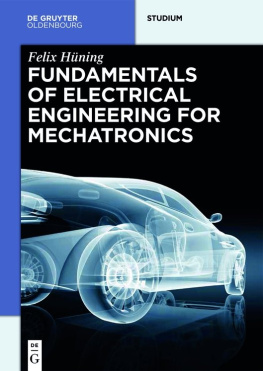Accordingly reduce the stroke size also, for a proportionate reduction.
Bangalore.
Basic Electrical EngineeringRevised Edition Dr. K Uma Rao & Dr. A JayalakshmiT his book contains information obtained from authentic and highly regarded sources. Reprinted material is quoted with permission, and sources are indicated. Reasonable efforts have been made to publish reliable data and information, but the author and the publisher cannot assume responsibility for the validity of all materials or for the consequences of their use.
Neither this book nor any part may be reproduced or transmitted in any form or by any means, electronic or mechanical, including photocopying, microfilming and recording, or by any information storage or retrieval system, without prior remission in writing from the publishers.
The consent of SANGUINE TECHNICAL PUBLISHERS does not extend to copying for general distribution, for promotion, for creating new works, or for resale. Specific permission must be obtained in writing from SANGUINE for such copying.
The export rights of this book are vested solely with the publisher.
Direct inquiries: E-mail info@sanguineindia.com. Visit our website at www.sanguineindia.com 2014 by
Sanguine Technical Publishers, Bangalore 560 016.
Published by Lal Prasad for Sanguine.Production Editor: R.Subramanian.Printed in India.
To
umesh, arathi & amruthaPREFACE
This book is primarily intended for a course in Basic Electrical Engineering. A strongneed was felt for such a book, which would address the needs of Indian Students hailingfrom different backgrounds across the country.
The book is written in two parts. Part A covers the important topics of circuit analysis and basic instrumentation. Part B deals with the concepts of Electrical Machines.Part A has six chapters. Chapter 1 of Part A , introduces the student to the two fundamental laws of Electrical Engineering which form the premise for all other topics,namely Ohms law and Kirchhoffs laws. Chapter 2 deals with the fundamental conceptsin Electromagnetismdefinitions of fundamental quantities, Biot-Savarts law, Faradayslaws, Self Inductance and mutual Inductance. Chapter 3 covers the various methods ofcircuit analysisnodal analysis, mesh analysis, superposition theorem, Thevenins theorem, Nortons theorem, maximum power transfer theorem, reciprocity theorem, star-deltatransformationapplied to simple dc circuits. Chapter 4 introduces the students to thefundamentals of ac circuits. Solution of simple series and parallel ac circuits is presented.Chapter 5 presents concepts of three phase circuits. Solution of balanced three phase starand delta connected networks is dealt with in this chapter. The chapter also discusses thevarious methods for measurement of three phase power. Chapter 6 exposes the studentto common electrical appliances and electrical engineering practices we come across inday to day life. The chapter covers the topics of methods of electrical wiring, choice ofcables, simple wiring schemes, working principle of fuses, principle of MCBs, earthingmethods, common lighting sources, estimation of energy requirement for simple loads,causes and prevention of electric shocks. Finally, chapter 7 covers basic concepts of electrical measurement. Moving coil and moving iron instruments , dynamometer wattmeterand energy meter are discussed in detail.
Part B is devoted to the treatment of Electrical Machines. Chapter1 presents the fundamental concepts of electric machines. Chapter 2 deals withdcgenerators. The construction,principle of operation and derivation of induced emf are presented in detail. Chapter 3
viiviiiPrefacedeals with the operation, types and characteristics of dc motors. It also covers the important topics of testing and speed control of dc motors. Chapter 4 is devoted to transformers.The constructional features, operation, phasor diagram, testing, computation of efficiencyand regulation are discussed in detail. Chapter 5 deals with three phase induction motors,which are the most rugged and widely used in the industry. Chapter 6 presents threephase alternators. The construction, emf equation and different methods of regulationare covered in detail. Chapter 7 covers single phase induction motors. Chapter 8 givesthe experimental procedure for some of the common experiments conducted in electricalmachines laboratory.
All chapters are presented in a simple and lucid manner to facilitate an easy understanding of the subject. Important concepts are highlighted to emphasize the need to rememberthem. Every chapter contains a number of solved examples to strengthen the learning ofthe student and help the student, apply the concepts in various contexts. The examplespresented help the students to relate abstract concepts in Electrical Engineering to practical applications which they see in their daily lives. Every chapter also gives a number ofquestions and unsolved problems for the student to work out. The book can be used as atext book for a course in Basic Electrical Engineering, a fundamental course in Electriccircuits and also for a basic course in Electrical Machines.
Dr. K. Uma RaoCONTENTS
ixxContents
2.1Introduction46
3.1Introduction88Contents
xi3.2Circuit Elements88
3.2.1Voltage source89
3.2.2Current Source90
3.2.3Source transformation92
3.3Nodal analysis96
3.4Mesh analysis105
3.5Linearity110
3.5.1Homogeneity111
3.5.2Superposition111
3.6Superposition theorem112
3.7Thevenins theorem116
3.7.1Thevenins resistance117
3.8Nortons theorem123
3.9Maximum power transfer theorem126
3.10 Reciprocity theorem135
3.11 Star-Delta Conversion137
4 Single PhaseacCircuits151
4.1Introduction152
4.2Sinusoids153
4.3Phasors156
4.3.1Transformation of derivatives into phasor domain159
4.3.2Complex number representation159
4.3.3Mathematical operations with complex numbers162
4.4Effective or RMS value165
4.4.1Effective value of an arbitrary current168
4.4.2RMS value of a complex wave169
xiiContents
4.5Average value170
4.5.1Average value of a sine wave170
4.5.2Average value of an arbitrary current170
4.6Form factor171
4.7Crest factor or peak factor or amplitude factor171
4.8Voltage current relationship in circuit elements176
4.8.1AC through pure ohmic resistance176
4.8.2AC through a pure inductance179
4.8.3AC through a pure capacitor181
4.9Impedance and admittance183
4.10 Series ac circuits186
4.10.1 Series R-L circuit187
4.10.2 Series R-C circuit198
4.10.3 Series R-L-C circuit203
4.10.4 Parallel circuits206
5 Three phase circuits233
5.1Balanced three-phase voltage235
5.2Star-connected system236
5.2.1Star-connected voltages236
5.2.2Phase and line quantities in star-connected systems238
5.2.3Power in star connected systems240
5.3Delta-connected system242
5.3.1Phase and line quantities in delta-connected systems242
5.3.2Power in delta connected systems244
5.4Measurement of three phase power251
5.4.1Measurement with one wattmeter251
Contents
xiii5.4.2Measurement with two wattmeter method2525.4.3Three wattmeter method256

